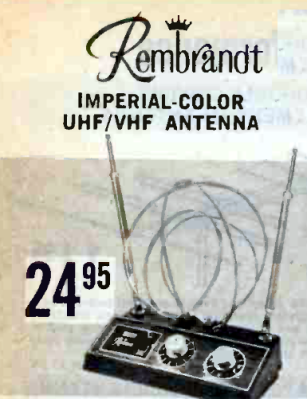For months before liftoff, the popular press had been hyping up the fact that the Polaris Dawn mission would include the first-ever private spacewalk. Not only would this be the first time anyone who wasn’t a professional astronaut would be opening the hatch of their spacecraft and venturing outside, but it would also be the first real-world test of SpaceX’s own extravehicular activity (EVA) suits. Whether you considered it a billionaire’s publicity stunt or an important step forward for commercial spaceflight, one thing was undeniable: when that hatch opened, it was going to be a moment for the history books.
 But if you happened to have been watching the live stream of the big event earlier this month, you’d be forgiven for finding the whole thing a bit…abrupt. After years of training and hundreds of millions of dollars spent, crew members Jared Isaacman and Sarah Gillis both spent less than eight minutes outside of the Dragon capsule. Even then, you could argue that calling it a spacewalk would be a bit of a stretch.
But if you happened to have been watching the live stream of the big event earlier this month, you’d be forgiven for finding the whole thing a bit…abrupt. After years of training and hundreds of millions of dollars spent, crew members Jared Isaacman and Sarah Gillis both spent less than eight minutes outside of the Dragon capsule. Even then, you could argue that calling it a spacewalk would be a bit of a stretch.
Neither crew member ever fully exited the spacecraft, they simply stuck their upper bodies out into space while keeping their legs within the hatch at all times. When it was all said and done, the Dragon’s hatch was locked up tight less than half an hour after it was opened.
Likely, many armchair astronauts watching at home found the whole thing rather anticlimactic. But those who know a bit about the history of human spaceflight probably found themselves unable to move off of the edge of their seat until that hatch locked into place and all crew members were back in their seats.
Flying into space is already one of the most mindbogglingly dangerous activities a human could engage in, but opening the hatch and floating out into the infinite black once you’re out there is even riskier still. Thankfully the Polaris Dawn EVA appeared to go off without a hitch, but not everyone has been so lucky on their first trip outside the capsule.
Continue reading “Polaris Dawn, And The Prudence Of A Short Spacewalk”




















